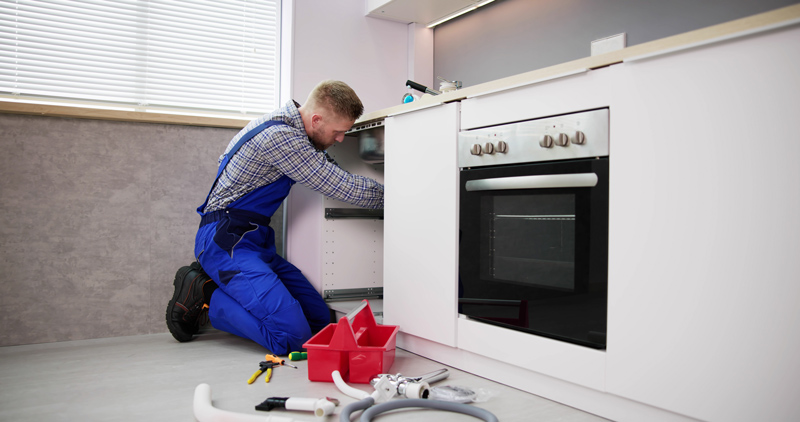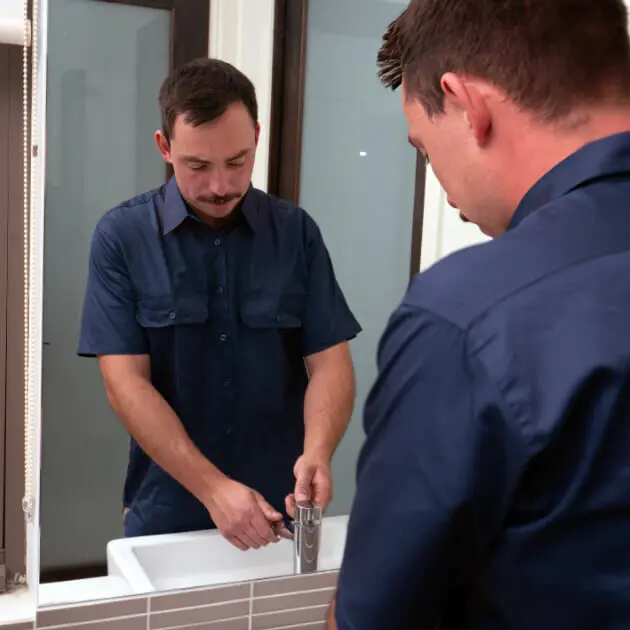This post down below in relation to 11 Must-Read Tips for Plumbing a New House is really motivating. Check it out for your own benefit and see what you think of it.

For brand-new property owners, understanding and preserving shower room pipes can conserve both money and time by protecting against costly problems down the line. Here are some necessary shower room pipes pointers to aid you maintain everything running efficiently.
Familiarize Yourself with the Main Shut-Off Valve
Understanding where the primary water shut-off valve is located in your house is critical. This enables you to promptly shut off the water supply in case of significant leakages or during plumbing emergency situations, protecting against comprehensive water damages.
Frequently Check for Leakages
Tiny leaks can cause large troubles. Regularly check under sinks, around toilets, and near plumbing components for any indications of leaks. Seek dampness, little drips, or corrosion. Capturing and repairing leaks early can stop extra major damages and save water.
Don't Disregard Slow Drains
If your sink or bathtub is draining pipes slowly, it's frequently an indicator of a clog forming. Addressing this early can protect against a total obstruction. Use a bettor or a plumbing technician's snake to clear out debris. Stay clear of utilizing chemical drain cleaners as they can damage your pipes in time.
Know What Not to Flush
Bathrooms are not garbage disposals. Avoid purging anything besides bathroom tissue and human waste. Products like wipes, womanly health products, and cotton bud must be gotten rid of in the garbage to stop obstructions and drain back-ups.
Set Up Strainers in Drains
Location filters in your sink and bath tub drains pipes to capture hair and various other debris prior to they enter your plumbing system. Cleansing the strainers regularly will aid prevent buildup and maintain water streaming openly.
Keep Your Water Heater
Guarantee your hot water heater is set to an ideal temperature level (normally around 120 levels Fahrenheit) to avoid hot and minimize energy usage. Flush the container every year to remove sediment build-up, which can reduce the efficiency and life expectancy of your heater.
Upgrade Your Fixtures
If your home has older fixtures, consider updating to a lot more effective models. Modern toilets, showerheads, and taps are designed to use much less water while giving good pressure, which can significantly decrease your water costs and ecological impact.
Beware with Do It Yourself Pipes Services
While it's tempting to take care of all home fixings by yourself, beware with pipes. Some issues may require specialist proficiency, particularly if they involve main water lines or drain repairs. Hiring a professional can often be extra cost-effective than do it yourself, specifically if it prevents more damages.
Plan For Winter
Shield your pipes from cold throughout cold weather by insulating pipes in unheated locations like cellars, attic rooms, and garages. Throughout severe chilly, allow cold water drip from taps offered by subjected pipelines to help protect against cold.
Schedule Routine Upkeep
Consider scheduling yearly examinations with a qualified plumber. They can spot concerns that you may miss, such as hidden leakages or damage on pipelines and components. Normal upkeep assists prolong the life of your plumbing system and can prevent emergencies.
Verdict
Recognizing and preserving your home's bathroom pipes can avoid many usual issues. By complying with these important pointers, you can guarantee your bathroom continues to be useful and reliable, conserving you time and money over time.
Essential Plumbing Tips for Homeowners: Keep Your Pipes Flowing Smoothly
As a homeowner, understanding the basics of your plumbing system can save you time, money, and a lot of headaches. Plumbing issues can range from minor annoyances like dripping faucets to major problems like burst pipes that cause significant damage. This guide provides essential tips to help you maintain your plumbing system and tackle common issues.
Understanding Your Plumbing System
- Supply System: Brings fresh water into your home from a municipal source or a well.
- Drain-Waste-Vent System: Removes wastewater and vents sewer gases outside.
- Fixtures and Appliances: Includes sinks, toilets, showers, dishwashers, and washing machines.
Basic Maintenance Tips
- Regular Inspections: Periodically check for leaks, corrosion, and other signs of wear and tear. Look under sinks, around toilets, and near water heaters.
- Know Your Main Shut-Off Valve: In case of a major leak, you’ll need to shut off the water quickly. Ensure everyone in your household knows where the main shut-off valve is located.
- Prevent Frozen Pipes: In cold climates, insulate exposed pipes and let faucets drip during extreme cold to prevent freezing.
- Use Strainers: Install strainers in sinks and tubs to catch hair, food particles, and other debris that can cause clogs.
Common Plumbing Issues and Solutions
Clogged Drains:
- Prevention: Avoid pouring grease down the drain and use drain screens to catch debris.
- DIY Fix: Use a plunger or a plumbing snake to clear minor clogs. For stubborn clogs, a mixture of baking soda and vinegar can sometimes help.
Leaky Faucets:
- Prevention: Replace washers and seals regularly.
- DIY Fix: Turn off the water supply, disassemble the faucet, and replace worn parts.

Book Inspection
Comments on “Crucial Bathroom Plumbing Advice for Beginners”